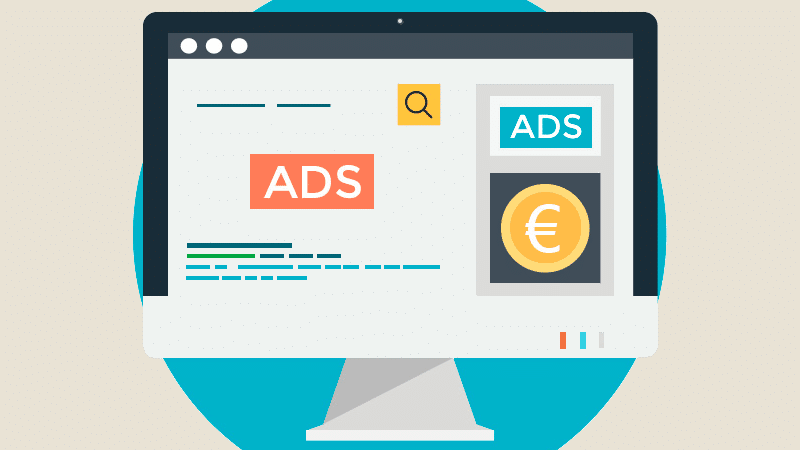Webflow vs WordPress | A Modern CMS Showdown

Introduction
WordPress has long dominated the website-building industry, powering over 40% of the web. However, Webflow has emerged as a strong competitor, offering a modern approach to website design with its no-code, visual development platform. This raises the question of whether Webflow will replace WordPress in the future. Let’s explore both platforms to understand whether Webflow is a true alternative to WordPress or simply another tool in the web development landscape.
Understanding WordPress and Webflow
WordPress The Leading CMS
WordPress is an open-source content management system (CMS) that allows users to create websites with flexibility and control. It offers thousands of themes, plugins, and customization options, making it suitable for blogs, eCommerce stores, business websites, and even enterprise-level applications. However, WordPress requires maintenance, hosting setup, security management, and often custom development to achieve advanced functionality.
Webflow A Modern No-Code Platform
Webflow is a website design and development platform that enables users to create visually appealing, fully responsive websites without extensive coding. It provides a drag-and-drop editor, built-in hosting, and CMS features while also allowing advanced customization through custom code. Webflow eliminates many of WordPress’s complexities, offering a streamlined approach to web design.
Can Webflow Replace WordPress
While Webflow is a powerful tool, it doesn’t completely replace WordPress—at least not yet. Let’s examine why.
Customization and Flexibility
- WordPress offers unlimited customization with plugins, themes, and custom code. Developers have full control over functionality.
- Webflow provides design flexibility, but customization options are limited compared to WordPress plugins and integrations.
Verdict WordPress wins for full customization, while Webflow is ideal for streamlined web design.
Ease of Use
- WordPress requires technical knowledge for installation, plugin management, and updates.
- Webflow has a learning curve but provides a visual builder that simplifies website creation.
Verdict Webflow is easier for non-developers, while WordPress requires more setup.
SEO and Performance
- WordPress SEO depends on plugins (like Yoast SEO), page speed optimization, and hosting choices.
- Webflow offers built-in SEO settings, fast hosting, and clean code for optimized performance.
Verdict Webflow has better speed and built-in SEO features, while WordPress relies on external tools.
E-Commerce Capabilities
- WordPress WooCommerce is a leading eCommerce solution with extensive features, scalability, and third-party integrations.
- Webflow offers built-in eCommerce, but it lacks the flexibility and plugin ecosystem of WooCommerce.
Verdict WordPress is better for advanced eCommerce, while Webflow is suitable for smaller stores.
Cost and Maintenance
- WordPress The core software is free, but costs arise from hosting, premium themes, plugins, and security. Maintenance is required.
- Webflow Has subscription-based pricing, including hosting and CMS, reducing maintenance efforts.
Verdict Webflow is easier to manage, while WordPress can be more cost-effective for advanced users.
The Future of Webflow vs WordPress
Webflow is growing rapidly, attracting designers, businesses, and developers looking for a modern web-building experience. However, WordPress remains dominant due to its open-source nature, extensive plugin ecosystem, and deep developer community.
Rather than replacing WordPress entirely, Webflow is likely to coexist as an alternative for users who prioritize ease of use, built-in features, and modern design tools. WordPress, on the other hand, will continue to be the preferred choice for highly customized, scalable websites.
Conclusion
Webflow is an excellent tool that challenges WordPress with its visual design, built-in hosting, and intuitive workflow. However, WordPress’s flexibility, extensive ecosystem, and customization capabilities ensure that it remains a leading website-building platform. While Webflow may replace WordPress for certain users—such as designers, small businesses, and startups—WordPress will continue to be the go-to solution for large-scale websites, complex functionalities, and businesses requiring full control.
Rather than an outright replacement, Webflow serves as a complementary option for web designers who want efficiency without sacrificing creativity. The best platform depends on your needs, technical skills, and long-term goals.




